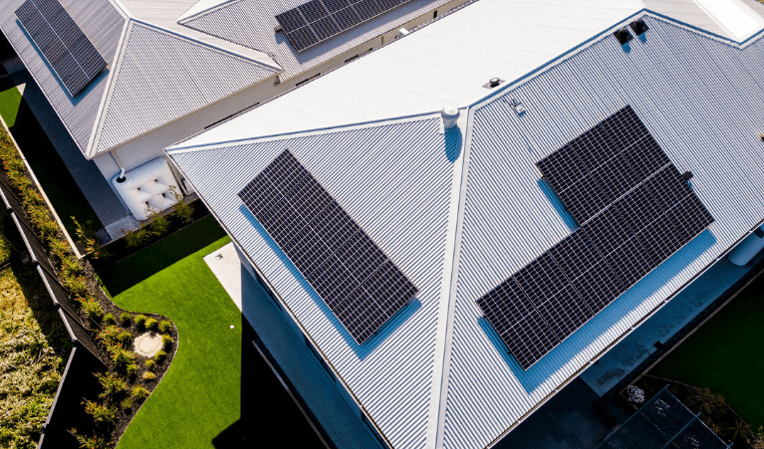https://www.pv-magazine-australia.com/2023/09/22/aemc-pushes-for-reform-to-support-consumer-energy-resources/
AEMC pushes for reform to support consumer energy resources

Image: Solar Victoria
Consumer energy resources are expected to play a critical role in the energy transition, but the Australian Energy Market Commission (AEMC) has warned that the technical standards defining how the devices interact with each other and the power system need reshaping as the rapid uptake of these resources continues.
Following a self-initiated review of technical standards for consumer energy resources (CER), the AEMC has said immediate action by industry, jurisdictions and market bodies is needed to improve compliance with existing and future standards and to achieve the full potential benefits of CER.
In its final recommendations published this week, the AEMC also calls for energy ministers to lead the development of a new regulatory framework for CER technical standards, warning that failure to do so could threaten the secure and reliable operation of the power network.
“Individual consumers in the National Electricity Market (NEM) continue to install and connect record amounts of new CER to the power grid,” the AEMC said, noting that the investment is “a tremendous opportunity to advance Australia’s transition to a decarbonised economy.”
The AEMC did however acknowledge that the ability of CER to contribute to the broader power grid depends on the extent to which these devices operate consistently and predictably.
“With this transition to a more decentralised power grid, the technical standards for how CER devices interact with the broader power grid is increasingly important for the NEM’s security and reliability,” it said.
The AEMC said monitoring conducted by the Australian Energy Market Operator (AEMO) shows that a large number of recently installed CER devices do not comply with existing standards in the NEM.
“This presents immediate concerns for the operation of the power system which, if not addressed, will be exacerbated as more CER is connected,” the Commission said, adding that “CER devices that do not comply with CER technical standards pose a threat to power system security.”
To address these challenges, the AEMC has recommended the industry, jurisdictions and the market bodies move to simplify the settings for CER devices manufactured and sold in Australia, promote compliant installation, and support the ongoing compliance of devices connected to the power system.
However, the AEMC said that regulatory constraints limit the level of compliance that can be achieved under the existing framework and longer-term governance reform is required to achieve consistent and enduring compliance with CER technical standards.
“We recommend jurisdictions lead the development of a national regulatory framework for CER technical standards would help ensure a more enduring national framework for CER technical standards,” the Commission said.
The AEMC said it has already undertaken a preliminary assessment of four potential reform options, including creating a new national technical body to oversee the setting of, and compliance with, CER technical standards for the NEM.
Another option includes expanding the role of the Australian Energy Regulator and the AEMC to allow for the comprehensive setting and enforcement of CER technical standards.
A third option would see the role of the Clean Energy Regulator expanded, allowing it to set and ensure compliance with CER technical standards on a nationally consistent basis.
The fourth option entails the enforcement of national requirements under jurisdictional frameworks to ensure national consistency in the setting and enforcement of standards.
The AMEC said compliance with technical standards will provide distribution network service providers (DNSPs) and the AEMO with more certainty about the operation of CER connected to the power grid.
“An alternative scenario, in which CER interactions are unpredictable and unreliable, would leave device owners unable to derive the maximum benefit possible from their investment in these zero or low emissions assets and threaten the secure operation of the overall power system,” it said.
This content is protected by copyright and may not be reused. If you want to cooperate with us and would like to reuse some of our content, please contact: editors@pv-magazine.com.
<




